Rubinstein and the Rejuvenationists
In January, 1928, the Brooklyn Daily Eagle published an interview with Helena Rubinstein in which she gave her thoughts on a paper given by Dr. Alexis Carrel [1873-1944] at the Third Race Betterment Conference being held in Battle Creek, Michigan. At the time, Rubinstein was in the process of moving her New York salon to 8 East 57th Street so she used the interview to publicise herself and the new salon.
Carrel’s paper discussed his research in growing immortal cell lines – work that we now know was seriously flawed – but concluded with a comment that dismissed the possibility of human immortality. Rubinstein agreed with Carrel but made the subject more press worthy by extending the subject to encompass the rejuvenation therapies of Eugen Steinach in Vienna and Serge Voronoff in Paris. Both men had created a lot of public interest in the 1920s through their rejuvenation surgery of older animals and men.
See also: Embryo Extracts
Eugen Steinach
When Steinach was the director of the Physiological Section of the Institute of Experimental Biology in Vienna, he carried out a number of experiments removing and implanting testicles in rats. From these studies he came to believe that the vigour of individuals depended on the sex glands and that it might be possible to rejuvenate older men by increasing the production of their sex hormones.
Steinach carried out a number of operations on older men. He was not a surgeon so the work were carried out by an assistant, the urologist Dr. Robert Lichtenstern [1874-1952]. Rather than transplanting human testicles – which were difficult to source – to increase the output of the male sex hormones, the operations involved vasoligature and/or vasectomy of the subject’s testicles. The results were encouraging and soon older men were being ‘Steinached’ across the globe including Sigmund Freud [1856-1939].
Serge Voronoff
While working in Egypt, Voronoff observed that harum eunuchs were often sickly and seemed to age very quickly. Like Steinach, he also concluded that ageing was due to a reduction in the production of the endocrine glands, particularly those that produced sex hormones. He began conducting experiments on animals looking at the rejuvenating effects of testicular transplants and later conducted operations on humans. French law forbade the use of accident victims as a source for transplants so, after concluding that the use of executed criminals was impractical, he used primate testicles instead.
Voronoff’s first testicular graft in to a human took place in 1920. This was not the first transplant of testicular tissue, the previously mentioned Robert Lichtenstern had carried out a series of testicular transplants in 1915 (Haire, 1924, p. 136) but it was the first time this had been done with an ape.
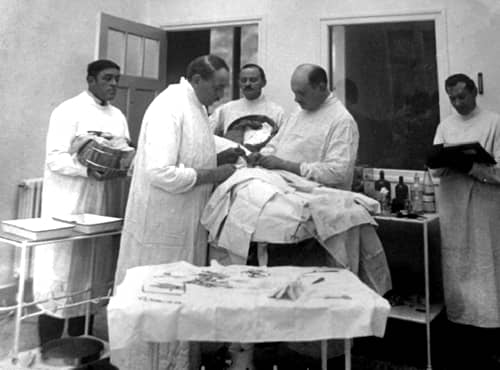
Above: Serge Voronoff removing testes from a chimpanzee.
Reputedly the subject for the operation was Voronoff’s older brother Georges Voronoff. The procedure was widely publicised as a success and it led to a number of ‘monkey gland’ operations being carried out on men around the world to restore their virility.
Monkey serum
Helena Rubinstein claimed in earlier interviews to have studied with Voronoff which probably meant that she had read newspaper reports or one of his books. Voronoff’s transplants of primate testes would have had little or no interest to her female clients so, in a 1922 interview, she discussed the idea of injecting women with a ‘monkey serum’ instead.
I tried the serum on two sisters; elderly women, between fifty and sixty years old. Of course, some persons are more ‘elderly’ at sixty than others are. And these two sisters were what I call more elderly. They had slumped; if you know what I mean by that. Their figures were heavy and inert; they had a slow labored walk; their expression was dull. Oh, you can see the type by thousands on our streets every day.
One sister responded very quickly to the serum. Really it was astonishing. She walked erect and briskly; her figure seemed more flexible and her expression became alert and vivid. She gave you an impression of vitality. But the other sister … I must admit that she responded very slowly. And as my supply of the serum became exhausted I could not continue the treatment long enough to give it a thorough test.(Gray, 1922, p. 164)
It is difficult to determine the truthfulness of this claim or Rubinstein’s other assertion that she was one of the founders of an ape-breeding farm set up on a jungle island in the middle of the Atlantic (Farm to raise apes, 1922). Sadly, the work of Voronoff and others meant that primates were in short supply. They were hard to capture in the wild and many died when being transported or being held in captivity. Voronoff maintained a collection of primates in Menton on the French Riviera, and the Pasteur Institute and others also set up captive breeding programs to increase supply.
In 1928, with the ‘monkey serum’ long forgotten, Rubinstein mentioned a second rejuvenating serum made from the heart of a certain type of rabbit bred for the purpose. she claimed that the serum was available in tablets or could be taken by injection and she spoke glowingly of its rejuvenating effects.
The effects are remarkable. The growth of new skin cells is stimulated. Our skin is constantly wearing out, and renewing itself. As middle-age comes on, the vigor of the skin cells decreases and wrinkles, dryness and discolorations follow. The serum treatment takes from 8 to 12 weeks and brings gradually a finer texture, better circulation and brighter color.
(Beckley, 1928)
The miracle serum was only available in Paris so Rubinstein could not be pressed to produce it for her American audience. I do not know if this ‘rabbit serum’ actually existed but I would not dimiss it out of hand as a number of rejuvenating treatments derived from living tissue were available at the time. For example, in the 1920s, Edna Wallace Hopper (The Eternal Flapper) received ‘rejuvenating’ medical injections of blood plasma during her trips to Paris.
See also: Edna Wallace Hopper
Female rejuvenation
Although primarily concerned with rejuvenating male vigour, the ideas developed by Steinach and Voronoff were also extended to women. Voronoff transplanted ovarian tissue from female primates into women as a ‘cure’ for menopause and others subjected women to localised X-ray and diathermy treatments to ‘stimulate’ their ovaries into activity, supposedly the female equivalent of the testicular vasoligation or vasectomy of Eugen Steinach.
Transplanting ovaries or treating them with X-rays or diathermy were not suitable beauty salon treatments but the work of Steinach, Voronoff and others convinced Rubinstein of the rejuvenating power of hormones.
For many years I have held to the theory that no external applications could nourish the tissues to the extent that the blood does. Indeed it was the astonishing results of quickened circulation that first made me understand that the blood actually must bring something to those tissues which nothing else contained, and when speculation was rife concerning the anatomically rejuvenating powers of the hormones in the blood, I felt certain that I had reached the starting point for the solution of many a difficult beauty problem.
(Farm to raise apes, 1922)
Rubinstein was not able to put her faith in sex hormones as skin rejuvenators until commercial supplies of female hormone extracts became available. Organon, a Dutch pharmaceutical company founded in 1923, a major early supplier, began extracting oestrogen in 1925 but it was expensive. It was not until the company changed to extracting oestrogen from mare’s urine that costs came down (Oudshoorn, 1994).
In 1931, Rubinstein introduced her Hormone Twin Youthifiers into the American market. Although the presence of oestrogenic hormones in the Hormone Twin Youthifiers is unconfirmed, female sex hormones would join vitamins as the most important new skin-care additives of the 1930s.
See also: Vitamin Creams and Hormone Creams, Oils and Serums
First Posted: 7th November 2017
Last Update: 21st December 2021
Sources
Beckley, Z. (1928). There Is no eternal youth, but we can curb old age, woman researcher says. Brooklyn Daily Eagle, January 19, 5.
Farm to raise apes for the doctors. (1928, December 24). Syracuse Sunday American (American Weekly), p. 4.
Gray, A. (1922). People who want to look young and beautiful. The American Magazine December, 32-33, 161-164.
Haire, N. (1924). Rejuvenation: The work of Steinach, Voronoff, and others. London: George Allen & Unwin Ltd.
Oudshoorn, N. (1994). Beyond the natural body: An archeology of sex hormones. London, Routledge.
Trimmer, E. J. (1967). Rejuvenation: The history of an idea. London: The Scientific Book Club.

Prof. Eugen Steinach [1861-1944]
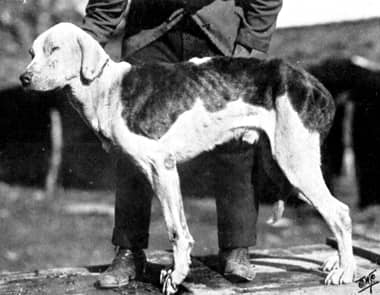
Dog before Steinach operation.
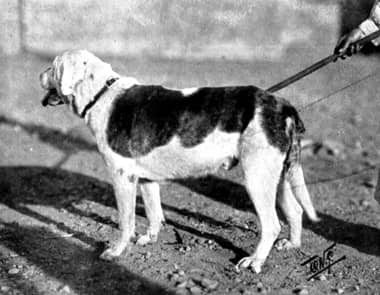
Dog after Steinach operation.
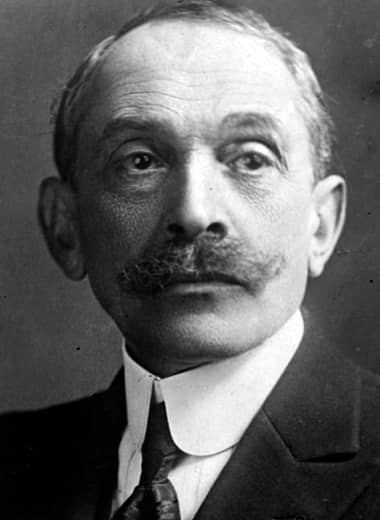
Dr. Serge Voronoff [1866-1951]
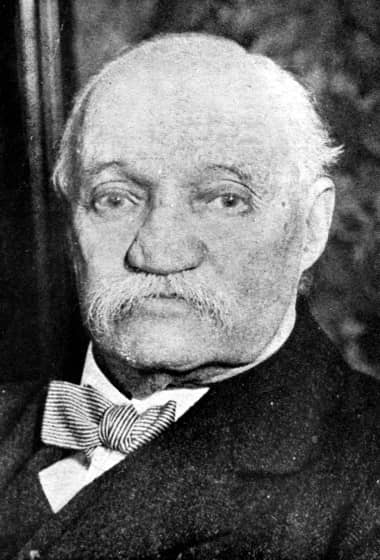
Subject about to undergo a Voronoff operation.
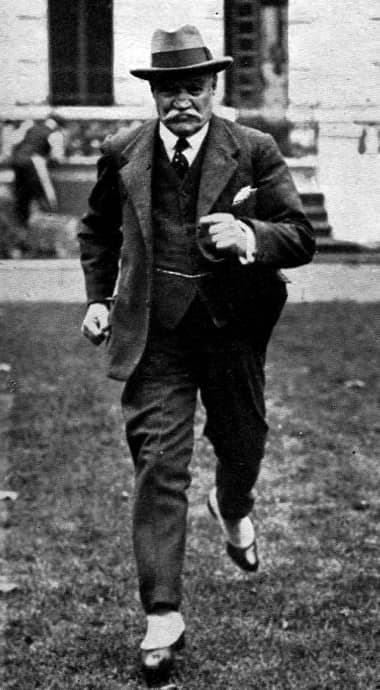
Subject two and a half years after the Voronoff operation.
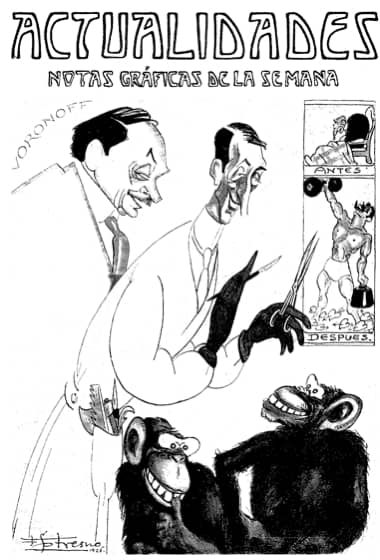
1926 Spanish cartoon about Voronoff’s work on male rejuvenation. The manufacture of sex hormones would make the operations of Steinach and Voronoff redundant. There was no need to undergo risky surgery to boost male hormone output when sex hormone levels could be elevated by injection.
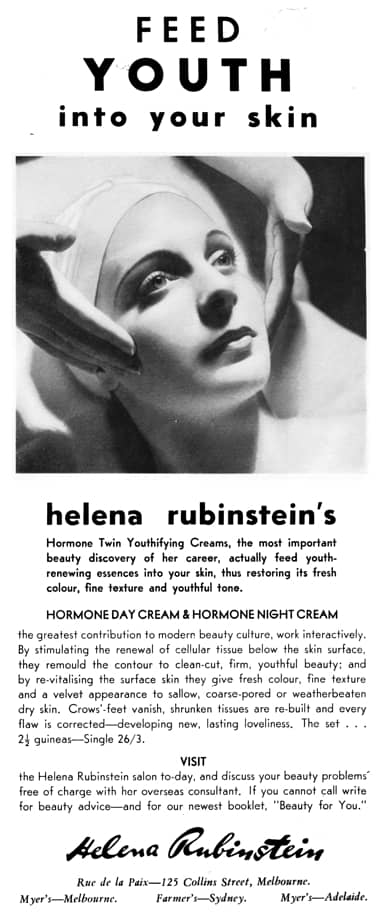
1939 Helena Rubinstein Hormone Twin Youthifying Creams.
